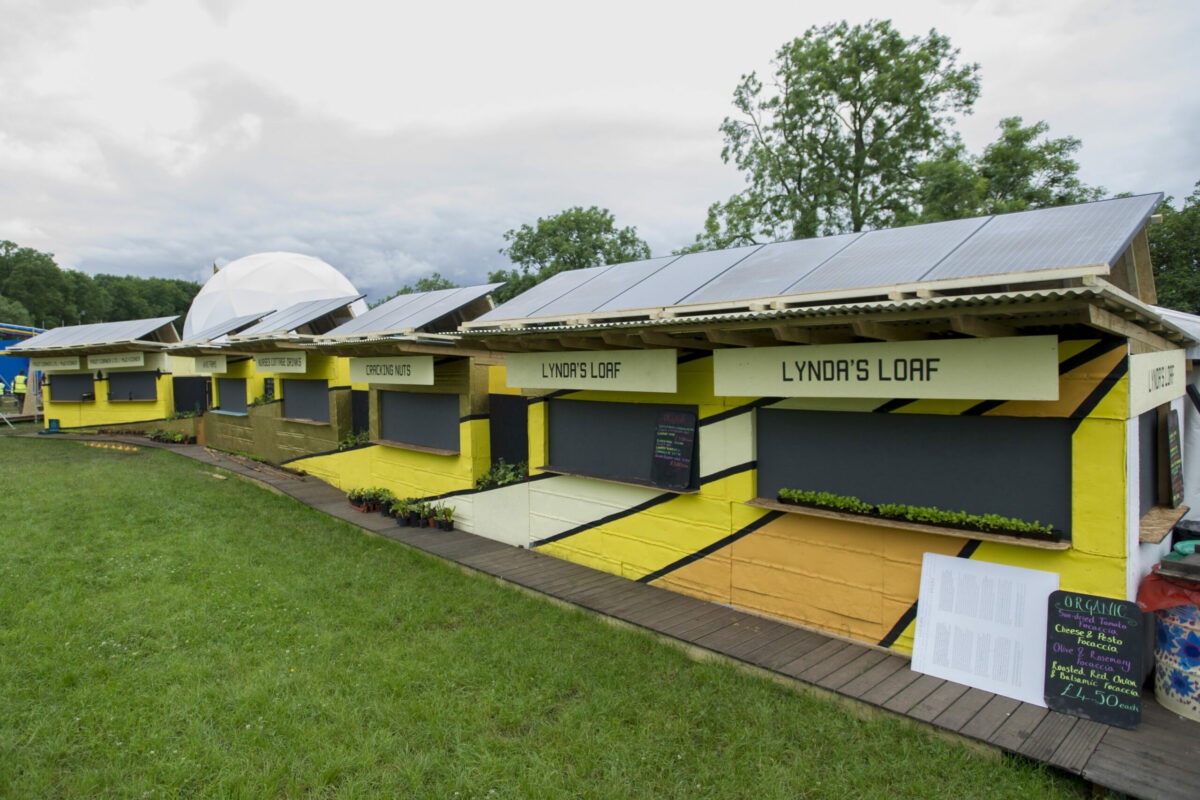
The 7.5kW install will power Glastonbury’s Virtual Reality Dome. Image: David Mirzoeff / Greenpeace.
Solarcentury has donated solar panels to help power the Greenpeace Field at this week’s Glastonbury Festival, supporting the charity’s low carbon theme for this year’s event.
The 7.5kWp system will be used to power the Virtual Reality Dome, a new immersive installation screening a film of Sir David Attenborough’s recent visit to the Great Barrier Reef in a submersible vehicle.
Bob Wilson, special events organiser for Greenpeace, said: “This year’s theme for the Greenpeace Field at Glastonbury is ‘Ending the oil age – Greening our cities’. We are aiming to show what the future is like beyond the age of oil and how we can preserve life as we know it by switching to low carbon technologies and by re-greening our cities.
“In keeping with this, we wanted to power the Greenpeace field with solar PV. It’s important for us that we walk the talk!”
The rest of the festival area will promote the virtues of low carbon technologies and greener cities, with the field designed to represent a European super-grid decoupled from a high carbon future. It will also showcase the benefits of solar farms as well as other forms of renewable energy.
Susannah Wood, CMO at Solarcentury, commented: “We are very excited to see panels donated by Solarcentury powering the Greenpeace Field this year. We hope the panels will be a visible demonstration of the power of solar energy and will encourage people to think about how clean solar electricity could power their lives, their homes and their workplaces.
“It’s great to be supporting Greenpeace again, after our people led the organisation’s supporters on the London march last year ahead of the Paris climate change summit.”
Glastonbury Festival has already adopted renewable energy for a number of its areas, with the Theatre & Circus, Shangri-La and Green Fields spaces powered either by solar or wind energy.
In 2010, founder Michael Eavis installed a 200kW solar PV system on Worthy Farm’s cowsheds, which at the time was thought to be the largest privately owned array in the UK.
